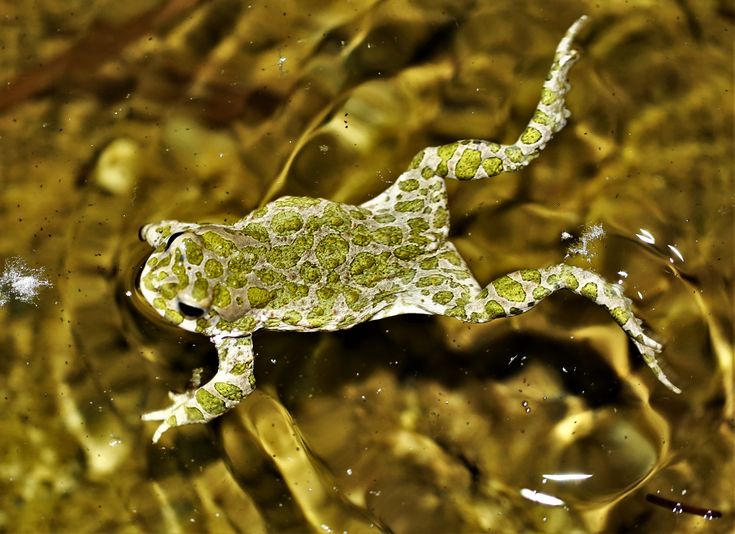Yurii Kornilev received his Master’s degree in Interdisciplinary Ecology with a concentration on Wildlife ecology and conservation from the University of Florida, USA, where he studied the ecology of a riverine turtle and the impacts of human disturbance. He is finishing his PhD at the National Museum of Natural History, Bulgarian Academy of Sciences, focusing on the distribution and ecology of the two water snakes in Bulgaria, which are widespread but largely understudied there. For the past 20 years, he has been involved in a number of research and conservation projects on the reptiles and amphibians in Bulgaria, Austria, and USA. At the BOKU, he is preparing a meta-analysis on the published effects of pulsed electromagnetic fields on vertebrate cells grown in vitro, where research so far has produced mixed results, but might have real-life implications for human health as well as animal biology.
